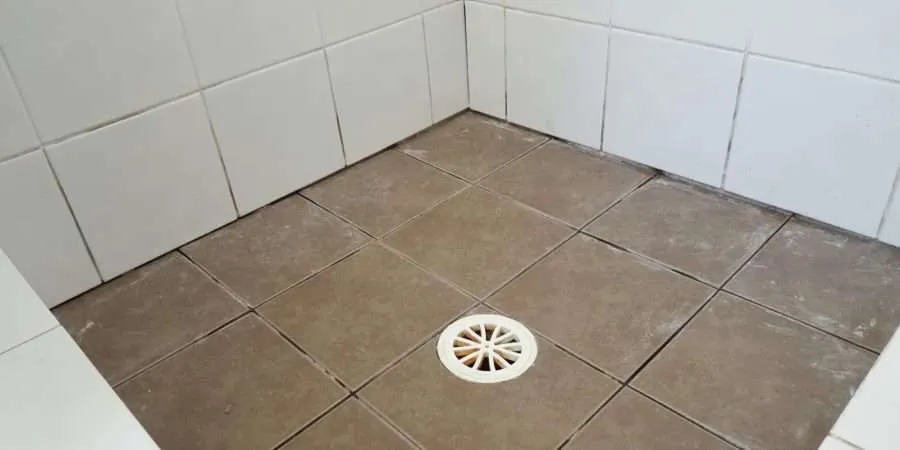The author is making several good pointers on the subject of Common Causes of Water Damage in a Bathroom as a whole in the content underneath.

The shower room is very prone for damp build-up as well as prospective water damage as a result of the regular use of water in it. This article supplies basic assessment methods to help detecting water damages dangers.
The frequent use of water in the washroom makes it very vulnerable for wet build-up and possible water damage. By inspecting it regularly, you can minimize water related problems.
The complying with set of examinations is easy to carry out and need to be done as soon as in every three months in order to keep your bathroom healthy as well as to prevent possible water problems caused by the bathtub, the shower, pipe joints and plumbing, sinks, cabinets, and also the bathroom
Do not forget doing these inspections as well as be comprehensive while executing them. Keep in mind that these straightforward evaluations can conserve you a lot of money by giving very early indications for water damages
Bathtub and also Shower
The shower as well as bath tub need special focus and upkeep. Check the ceramic tiles and also replace if split. Make sure that there is no missing cement between the ceramic tiles. Evaluate and change cracked caulking at joints where the walls fulfill the flooring or the bathtub. Blocked drains as well as pipelines issues will certainly avoid the bath tub from drying as well as may suggest significant issues under the bathtub. Seek advice from a professional promptly to prevent structural damages. Take note of stainings or soft locations around the tub wall surfaces as they may suggest an interior leak.
Plumbing
Signs for water damage are hard to discover considering that a lot of pipelines are set up inside the wall surfaces.
Pay unique attention to floor covering and also walls wetness and also stains as they may show an invisible plumbing issue. Examine moisture levels in adjacent areas too.
Sinks and Cabinets
Sinks and cabinets are subjected to wetness as well as moisture day-to-day and also are often overlooked. Inspect frequently under the sink as well as on the counter top over it. Repair any drip in the trap as it may recommend drainpipe troubles. Look around the sink, slow draining pipes may suggest an obstructed drainpipe. Change sink seals if they are cracked or loose.
The Toilet
The bathroom is a prone water joint. Examine the water lines and also look for leaks around the toilet seat, in the hose, and under the water storage tank. If you discover any type of indications of dampness on the flooring around the commode, look for leakages in the toilet edge and also container seals.
Realize that hanging commode dish antiperspirants raises the opportunities for blockages.
TIPS TO PREVENT WATER DAMAGE IN THE BATHROOM
The average household uses approximately 80-100 gallons of water per person per day. For a family of 4, that's almost 2,500 gallons of water a week! The largest portion of this consumption comes from bathroom use. Flushing the toilet uses the most water, followed by taking a shower or bath. With that much water running through the home, water damage in the bathroom is bound to happen. Knowing how to spot signs of a water leak is essential to preventing long-term damage. This guide provides you with tips to reduce the impact of water damage on your bathroom.
CAUSES OF BATHROOM WATER DAMAGE
Pipe breaks are the most common cause of water damage we see in our daily jobs. The age of a pipe plays a large role in a pipe break as well as corrosion. Over time, the metal begins to break down, allowing water to escape. Frozen pipe breaks are also a concern in the winter months. Toilet overflows caused by paper products or children flushing inappropriate items. Degraded caulking around the toilet or bathtub can allow water seepage, sometimes behind the fixture, into the subfloor or walls. Condensation forms when the water in a pipe is cooler than the air temperature. Beads of water form on the exterior of the pipes, sometimes so much so that the water begins to drip and pool below. Sink or shower backups created by poor drainage. HOW TO PREVENT WATER DAMAGE IN YOUR BATHROOM
Inspect your toilet supply line for worn or frayed hoses and replace them as needed. Winterize your plumbing to prevent a frozen pipe break. Use vent fans to prevent condensation that can lead to mold growth. Routinely check and replace degraded caulking around your toilet or bathtub. Increase the temperature in your toilet tank and insulate your pipes during the warm summer months to keep condensation from forming. Use child safety locks on the toilets. Flush only toilet paper. "Flushable" wet wipes are actually not good for your plumbing system. Additionally, feminine hygiene products should not be flushed. Prevent water from escaping the tub or shower. Make sure shower curtains are in good condition. Inspect shower doors and replace the seal strip if necessary. Wipe up any water that accumulates on the floor and use bath mats. Water left to sit can cause damage to the tiles and flooring. Refrain from using bath products containing heavy oils to avoid a clogged drain.

We hope you liked our section about Looking for Signs of Water Damage in the Bathroom. Thanks so much for finding the time to read through our short article. Sharing is good. You just don't know, you may very well be helping someone out. Many thanks for your time. Please check our site back soon.
Schedule Free Estimate